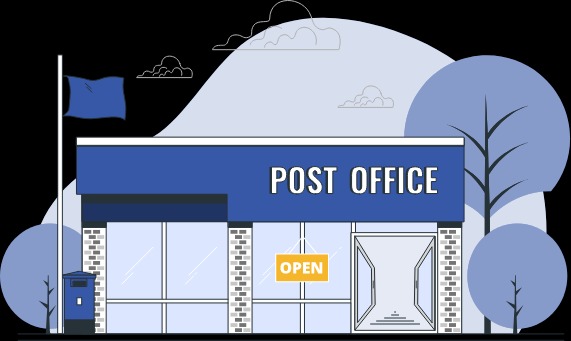
The Post Office’s point-of-sale system fell short on various levels, ranging from bugs to unqualified staff.
The Horizon IT scandal, often labeled as the most significant miscarriage of justice in British history, is once again making headlines with a prime-time ITV dramatization. The increased attention has prompted Paula Vennells, who served as the head of the Post Office from 2012 to 2019, to voluntarily return her CBE. However, beneath the human narrative of unchecked power, there is also a technical aspect to the story.
What constituted the Horizon system?
In simple terms, Horizon functioned as a cash register. More precisely, it served as an electronic point-of-sale (Epos) system. It replaced the traditional paper-based cash registers in post offices throughout Britain with a modern networked system. Additionally, it encompassed the extensive backend infrastructure that interconnected the entire Post Office system.
What were the expected advantages?
The shift from paper receipts to an electronic database was envisioned to be a time and effort-saving measure for post office operators. This transition would enable them to effortlessly handle their accounts with a simple button press. At its most basic functionality, the Horizon system had the capability to aggregate all monthly transactions and compute the anticipated cash balance remaining in the Post Office’s funds.
What caused the issues?
The system simply couldn’t meet the demands placed upon it. The Post Office was aware of this as early as 1999 when trials conducted in preparation for the launch revealed “severe difficulties being experienced by subpostmasters,” according to the inquiry into the scandal.
A member of the development team, David McDonnell, who was involved in the Epos system aspect of the project, informed the inquiry that among the eight individuals in the team, two were highly proficient, two were mediocre but manageable, and three or four were incapable of producing professional code.
What kinds of issues emerged?
As early as 2001, McDonnell’s team had discovered “hundreds” of bugs. While a comprehensive list has never been compiled, subsequent exonerations of post office operators have brought to light the nature of the problems that surfaced. One such bug, labeled the “Dalmellington Bug” after the Scottish village where a post office operator first encountered it, resulted in the screen freezing when confirming cash receipt. Pressing “enter” on the frozen screen would silently update the record. In Dalmellington, this bug led to a £24,000 discrepancy, and the Post Office attempted to hold the post office operator accountable.
Another bug, known as the “Callendar Square bug” and named after the initial branch affected, generated duplicate transactions due to a database error. Despite being unmistakable duplicates, the post office operator was unjustly held responsible for these errors.

Were all the problems related to bugs?
No, they weren’t. Even if the system had operated as intended, it still failed to meet acceptable standards. In 2015, for example, the Post Office informed a House of Commons inquiry: “There is no functionality in Horizon for either a branch, Post Office or Fujitsu to edit, manipulate or remove transaction data once it has been recorded in a branch’s accounts.” This statement was false, and the Post Office acknowledged its inaccuracy four years later during a high court case.
In reality, employees at Fujitsu, the creator and operator of the Horizon system, had the capability to remotely access branch accounts. They enjoyed “unrestricted and unaudited” access to those systems, as revealed in the inquiry.



